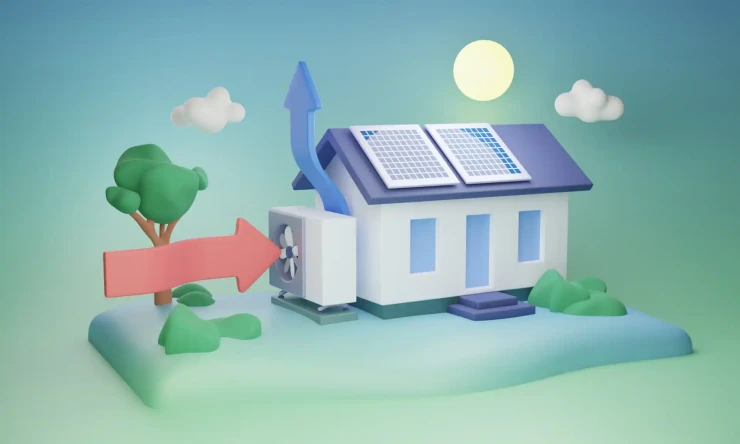The solar supply chain needs an update, particularly to meet global demand. This will require an exponential increase in distribution and installation. With supply chains still healing from the effects of the COVID-19 pandemic and international conflict, it will be a balancing act. What must the solar PV supply chain do to keep the world powered during a massive sustainability push?
What Does the Solar Supply Chain Look Like Now?
The solar supply chain needs to be more cross-continental. It has a presence in several countries, but it’s localised chiefly in China. China dominates around 80% of solar manufacturing and jobs, making distribution cumbersome and time-consuming to reach countries ramping up solar efforts the most, such as the United States and Europe. Having most of the manufacturing in one place is great for keeping prices low, but it isn’t great for emissions, accessibility or strain on supply chains.
On top of localisation is the issue of unbalanced parts and material offerings. What’s needed to make the panel modules, including wafers and cells, is easy to come by. However, polysilicon, which starts the manufacturing process, is priced at a premium because of supply chain backups. These situations demonstrate how zooming in on the problem reveals more issues to iron out in the solar supply chain.
COMPARE PRICES FROM LOCAL INSTALLERS
Compare prices from local companies fast & free
Enter your postcode to compare quotes from leading professionals. We promise to keep your information Safe & Secure. Privacy Policy
What Changes Is the Supply Chain Making to Adapt?
Countries worldwide must quickly install solar hubs to water down China’s concentration by creating solar gigafactories. Private investments and governments are intervening to establish these complexes to kickstart nations’ solar panel production output by thousands of per cent, signifying a global contribution to scale the supply chain. However, lawmaking isn’t enough to control pricing, even with incentives, when unpredictable influences in a supply chain are more powerful.
Another push is supply chain diversification through manufacturing and raw material supply. Despite solar being an ethical solution to dirty energy, numerous suppliers engage in unfair labour practices and harmful environmental extraction methods. These suppliers should clean up their acts, looking to ecolabels and certifications encouraging a lower-carbon solar supply chain in all Scope types.
On a consumer level, educating buyers on solar panel maintenance and environmental impact will trickle down supply chains. The more extended panels last before end-of-life, the more time companies and nonprofits have to perfect circular solutions and supply chain inefficiencies.
How Will Future Shifts Change It More?
The solar power industry seeks to make net-zero electricity an approachable possibility for the world, but it’s less likely when fossil fuels, like coal, still power the sector. The paradoxical relationship catalysed industrial energy and labour shifts, though it still isn’t ideal.
Additionally, global conflict continues to disrupt trade routes. Regardless of outright bans or wobbly relationships from inconsistent delivery, social influences test supply chains, sometimes even if a nation isn’t involved. Warfare, natural disaster, and other internal conflicts can eliminate supply chain resilience and trade relationships. Solar must find ways to circumvent these occasions before they happen.
Proactive solutions must affirm business continuity to regulate pricing and avoid bottlenecks. An example of this would be empowering workforces worldwide with translatable green skills, making worker shortages a nonissue. Additionally, recycling infrastructure would minimise material scarcity. Therefore, companies must research optimising solar recycling to increase defences against unanticipated influences.
Reimagining Solar PV Supply Chains
Despite concentrated manufacturing and resource farming, solar still has the potential to disperse more equally across the planet as the supply chain changes. Governmental intervention and infrastructure investments will get the landscape closer to equilibrium.
The industry should never stop researching solar panels, as there may be ways to optimise the production of the commonplace model. Solutions may exist in other nations or within the product. Humanity just needs to dig deeper.
By Jane Marsh





























